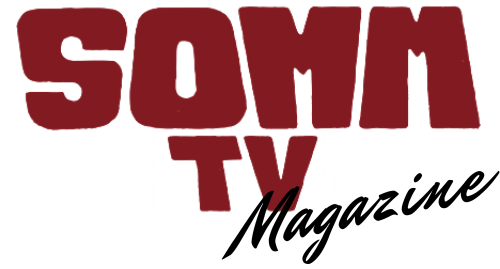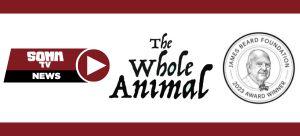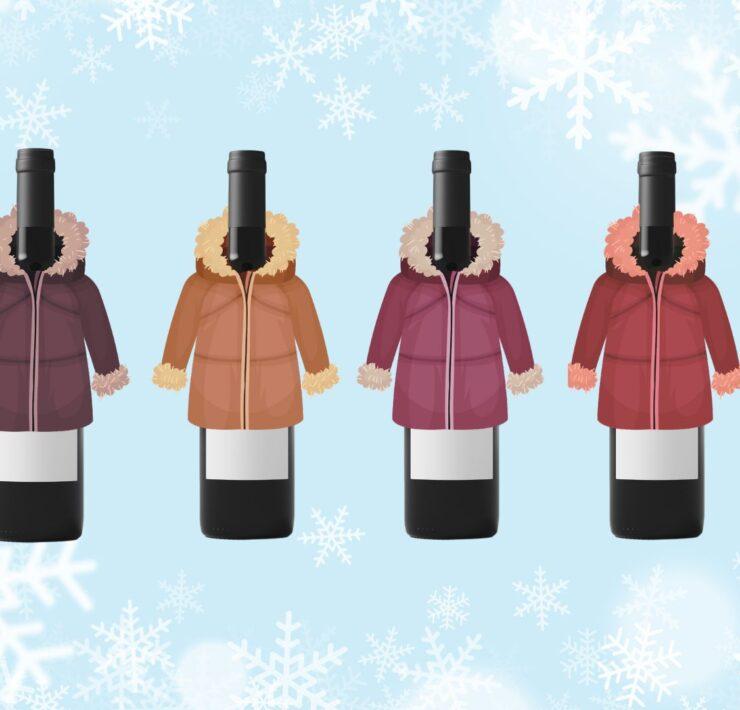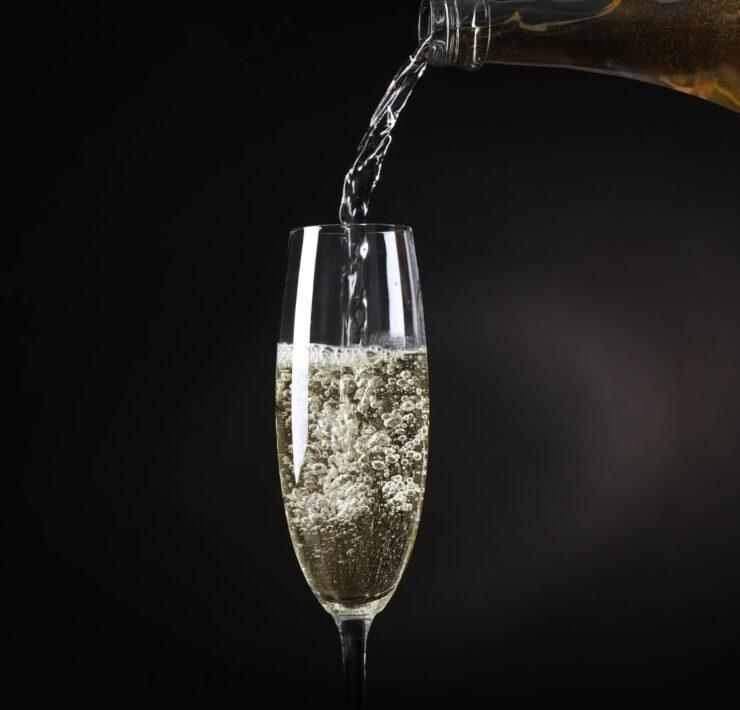The Romans planted Vitis vinifera vines in Champagne between the third and fifth centuries. Ever since Champagne has sat on a French pedestal, it dazzles wine lovers with its prestigious reputation and continued efforts to produce the world’s best sparkling wine.
For most of recent history, the term ‘champagne’ referenced any kind of sparkling wine made from any country. In fact, it’s illegal for a producer to label a product Champagne unless the grapes are from the region of the same name and all winemaking facets follow appellation wine law. Those laws include (but are certainly not limited to) the use of authorized grapes or the centuries-old Méthode Champenoise (Champagne winemaking method) which creates the wine’s famous bubbles.
Understanding the Champagne Appellation
Within the Champagne region, there is only one appellation: Champagne AOC. However, within the appellation are two cru levels. There are 44 Premier Crus and 17 Grand Crus.
The cru system is set up in a way that helps in determining the price point of grapes that grow in a particular village. This percentile system, known as Échelles des Crus (or ‘ladder of growth’), sees vineyards with high percentages receive higher prices for their grapes. For example, villages with Premier Crus status have ratings between 90% and 99% and receive their determined percentage of the market value. Grand Crus receive 100% ratings. Less than 9% of the vineyard area in the region has received a 100-point rating.
Authorized Grape Varieties
Given that most people’s perception of Champagne is that of a white sparkling wine, it can come as quite a shock to find that two of the three primary grapes used to make it are red. The three classic grapes used to make the various styles of Champagne are Chardonnay, Pinot Noir and Pinot Meunier. Petit Meslier, Arbane, Pinot Blanc, and Pinot Gris also grow but only represent 0.3% of plantings.
Champagne Sub-regions
Champagne is France’s most northern wine-growing region, located at 49°N latitude. It has the lowest average temperatures of any other region in the country, making it the perfect climate to ripen grapes with high acidity, which is necessary for sparkling wine production.
About an hour east of Paris are four of Champagne’s five sub-regions: Valleé de la Marne, Montagne de Reims, Côte des Blanc and Côte de Sézanne. Further southeast, approximately halfway to the Burgundy region, is Côte des Bar.
Each sub-region specializes in growing one of the three primary grape varieties. Valleé de la Marne focuses on Pinot Meunier, Montagne de Reims and Côte des Bar grow mainly Pinot Noir, and Côte des Blanc, along with Côte de Sézanne, are responsible for most of the Chardonnay production.

How Champagne Is Made
Most of the prestige surrounding Champagne is due to how it’s made. It’s also why it garners such a hefty price tag. The Méthod Champenoise is how the wine gets its bubbles. Outside of the region, it’s referenced as the ‘traditional method’. The method is time-consuming and requires a minimum of 15 months of aging for non-vintage bottles or 36 months for vintage versions.
To make Champagne, a still wine must undergo a second fermentation. Producers will bottle the still wine with sugar and yeast and top it with a crown cap. Over several weeks, while stored horizontally, the conversion of sugar to alcohol creates CO2, or ‘the bubbles’.
The dead yeast cells (lees) remain in the bottle for at least 12 months. Lees plays an integral role in creating the flavors we typically associate with Champagne, such as brioche and almond.
Riddling occurs after a minimum of 12 months of lees contact in the bottle. Riddling is another time-consuming factor and, for centuries, was done by hand. The entire process can take several months. Today, most larger Champagne houses have mechanized the process. Bottles are placed on racks at an inverted angle of 45 degrees. Manually or by machine, the bottles are rotated so the lees cells settle in the neck of the bottle.
To remove the lees, the neck bottle is frozen, and the temporary cap is taken off. This stage (disgorgement) sees a loss of liquid, so the bottles are topped with a wine and sugar mixture (dosage). This process determines the final sweetness level. Following dosage, a cork and wire cage are placed on the bottle before further bottle storage.
Styles and Sweetness Levels
The number of different styles and sweetness levels of Champagne is often the source of much confusion for consumers. Essentially, the producer’s choice of authorized grapes and vinification before the secondary fermentation determines the style. The most common types are:
Brut Champagne: A flagship house blend made from multiple vintages that is dry. It usually includes all three primary authorized grape varieties.
Rosé Champagne: A wine that can be vintage or non-vintage. The rosé color comes from either a small amount of still red wine added to the blend (d’assemblage), or the juice from macerated red grape skins (saignée).
Blanc de Noir Champagne: A white sparkling wine made from either Pinot Noir or Pinot Meunier. The grape’s skins are separated from the juice as early as possible to avoid any color ending up in the wine.
Blanc de Blancs Champagne: A white sparkling wine made from Chardonnay (although any of the region’s permitted white grapes are allowed).
As previously mentioned, the sweetness level of Champagne is determined by the amount of sugar in the dosage. The terms are usually easily visible on the label.
DRY
| Brut Nature | Less than 3 grams of sugar per liter |
| Extra Brut | Less than 6 grams of sugar per liter |
| Brut | Less than 12 grams of sugar per liter |
| Extra Dry | Between 12 and 17 grams of sugar per liter |
SWEET
| Sec | Between 17 and 32 grams of sugar per liter |
| Demi-Sec | Between 32 and 50 grams of sugar per liter |
| Doux | More than 50 grams of sugar per liter |









